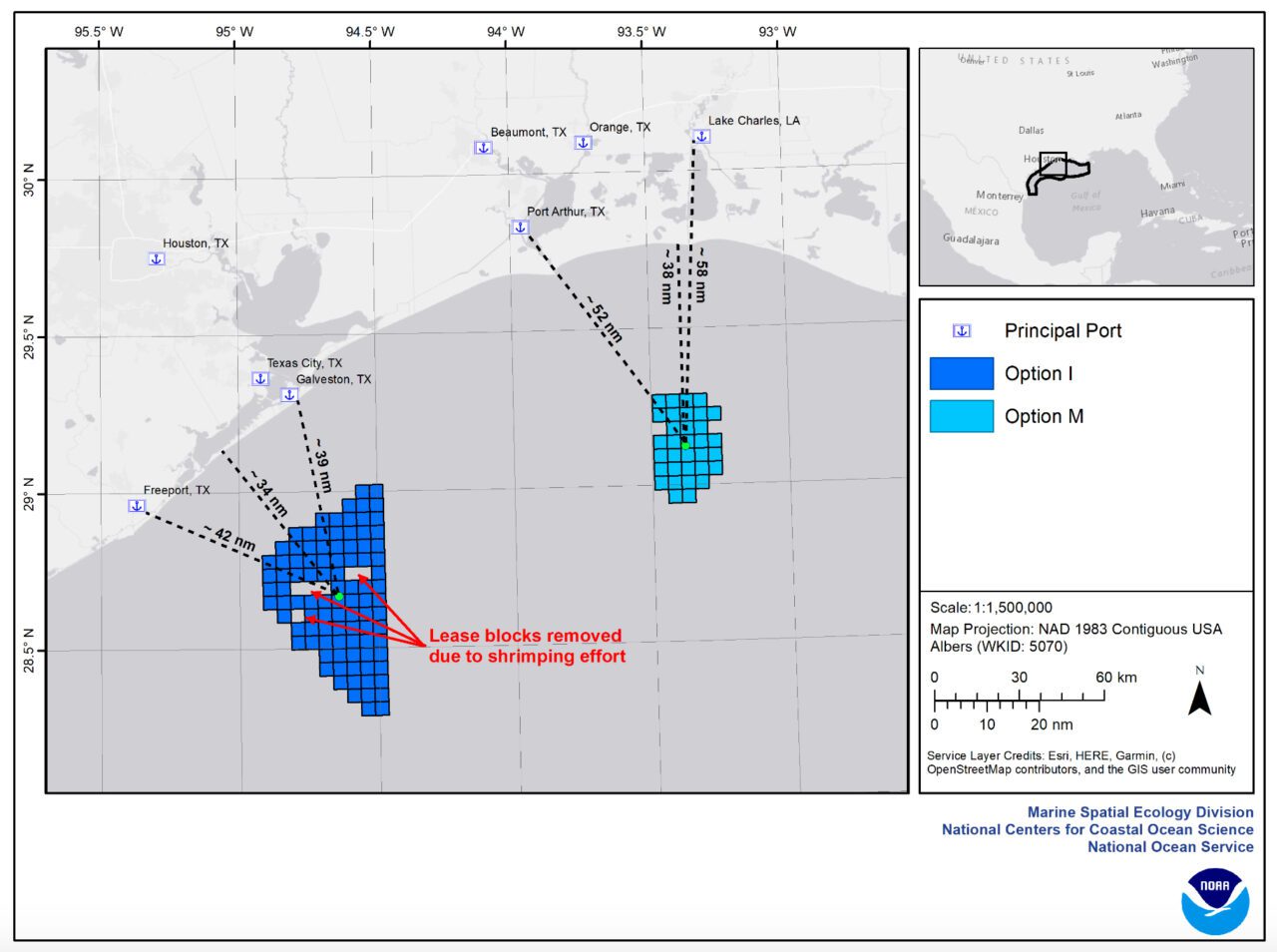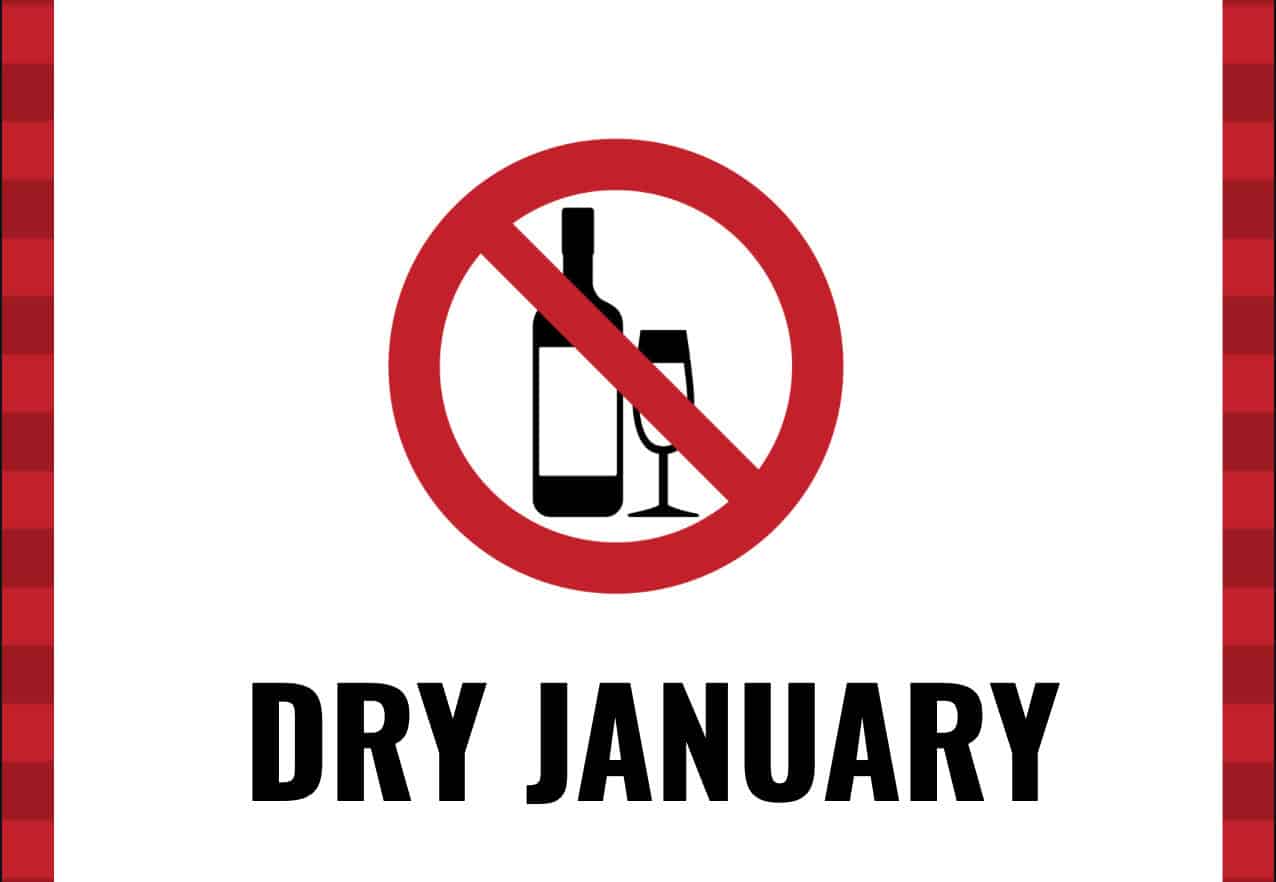[ad_1]
SAN ANTONIO — Amid one of the hottest Texas summers on record and a deepening drought, Lake Amistad, the international reservoir that straddles the border of Mexico and Texas, is only a few centimeters above its lowest level ever recorded.
In wetter times, the lake is a recreational paradise and a vital water supply for residents on both sides of the border. But this summer, the National Park Service has closed many of the boat ramps, and the watercraft that do go out have had to dodge exposed rocks.
“The fishing tournaments are moving to other lakes, because they are concerned about hitting something,” said Raul Cordero, a fishing guide of 10 years on the lake. “We are in dire need of water. We need a big hurricane. That’s what fills this lake.”
He might not be the only one rooting for tropical storms. Lake Amistad feeds the Rio Grande, which twists and turns southward more than 250 miles to another artificial oasis at Falcon Lake. The waters there irrigate farmland in the Rio Grande Valley and supply drinking water to rural Zapata County. Their levels have reached lows not seen since the early 2000s, exposing the remains of formerly submerged villages.
“We are not having any tournaments here this year,” said James Bendele, owner of Falcon Lake Tackle, echoing the concern of his counterpart on Lake Amistad. “Fishing is good, but the water access sucks. We’ve got $5-a-gallon gasoline and border issues, but low water is our biggest problem.”
The state hasn’t seen any widespread drinking water shortages yet, said Allen Berthold, the interim director for the Texas Water Resources Institute. But as municipal lakes dry up, agricultural customers could see less water for irrigation.
Residential demand, he said, is adding to the strain. “When it gets this hot, everyone wants to water their lawns,” Dr. Berthold said. “The infrastructure is not sized enough to meet peak water demands.”
In Austin, some watering holes have dried up, but officials said that was normal.
“It’s always been like this,” said Kanya Lyons, an Austin Parks and Recreation Department spokeswoman. “When I was a teenager, we’d have a couple weeks to swim after the spring rains, and then that window closes. I don’t remember when you could ever swim during the summertime.”
The three-acre Barton Springs Pool, filled with water from natural springs, is where Austin residents swim to cool off, she said. It averages 68 degrees year-round.
South of Austin, even tubing on the San Marcos River has been affected by the drought. The water level is 10 inches lower than last year, according to the U.S. Geological Survey, and only two inches or so above its minimum operating limit.
“It usually takes two hours to float down,” said Star Malone, an employee at Texas State Tubes. “Now it takes four, four and a half. It’s affecting our parking lot.”
Like the Barton Springs Pool, the river is fed by springs. “Even though it’s hot and the water is low,” Ms. Malone said, “it is still cool.”
[ad_2]
Source link
















